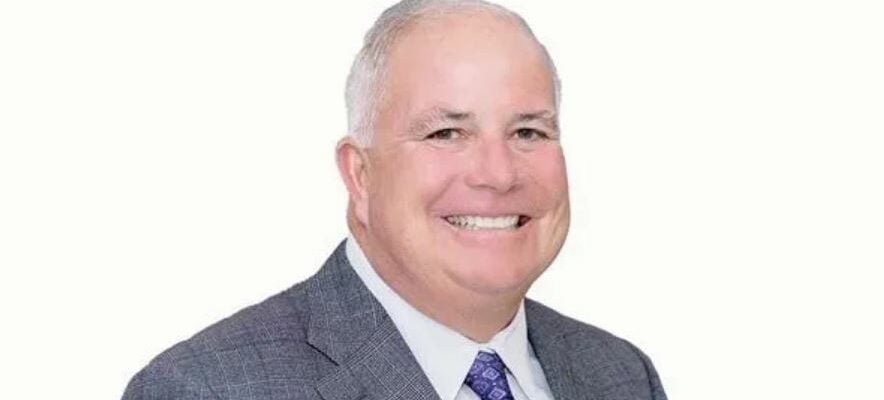After last year’s acquisition of Vifor Pharma, the firm’s largest ever, opened new avenues for diversification, the ground-breaking approval of the Hemgenix gene therapy for Hemophilia B was an equally significant moment for the company. New CEO Paul MacKenzie continues to pursue further growth for Australia’s largest biopharma company, investing heavily in R&D.
Bouncing Back from a Crisis
During the COVID-19 pandemic, CSL, the Australian conglomerate formerly known as Commonwealth Serum Laboratories, weathered a plasma collection crisis, but in 2022, the company celebrated some of the most significant moments in its history in an expansion push that is set to continue under Paul McKenzie, the new CEO and former COO who took the reigns in March after Paul Perreault stepped down to retire.
One such moment was the Australian firm’s acquisition of Swiss drugmaker, Vifor, which brought yet another company under the CSL umbrella. The USD 11.7 billion deal, the biggest in CSL’s history, gives CSL access to the potential of Vifor’s kidney disease and iron deficiency products and an opportunity to diversify its portfolio.
Another recent ground-breaking milestone for CSL was the FDA approval of its first gene therapy – the treatment for haemophilia B, Hemgenix, in partnership with uniQure. While the therapy has been criticised for its hefty price tag price of USD 3.5 million, the world’s most expensive treatment yet, it is a ground-breaking one-time therapy and the first of its kind.
The Expansion Push Continues
CSL’s push for growth has not stopped there. Former CEO Perreault already established CSL’s 2030 strategy for the years to come, which included aggressive investment in R&D. In 2022 the firm, which already has some 2,000 employees involved in R&D around the world, increased its R&D spend by 17 percent, making a total spend of USD 1.16 billion on R&D.
In pursuit of this strategy, CSL presented a EUR 150 million site on the grounds of the research campus in Marburg’s Görzhausen Industrial Park in Germany last year. While the company did not reveal what kind of research it will pursuing at the new site, then CEO Perreault commented at the time, “While plasma remains one of our strategic scientific platforms, we have evolved and innovated over the decades – also discovering, developing, and delivering medicines and vaccines across the scientific platforms of Recombinant Technology, Cell and Gene Therapy, and Cell-based, egg-based, adjuvanted, and sa-mRNA vaccines. The science and innovation that takes place here will help us continue to build CSL’s promising future.”
McKenzie is set to continue pursuing R&D investments.“We will continue focusing on executing our 2030 strategy, investing in innovation, and continue achieving sustainable and profitable growth,” he said at the time of his appointment. Along these lines, the company has been expanding its existing facilities and making major investments in R&D centres.
After carrying out a AUD 900 million expansion of its plasma fractionation facility in Victoria, Australia that is able to process nine times more donated human plasma than the company’s previous capacity, in March, CSL opened a new vaccine research site in Waltham, Massachusetts.
The custom-built facility is approximately 140,000 square feet with 54,000 square feet of lab space, including a biosafety level 3 laboratory (BSL-3) and will serve as CSL’s central hub for current and future vaccine design.
“CSL’s growing R&D presence in Waltham is the latest example of our investment in our future – which includes advancing our growing capabilities in disruptive technologies like next-generation mRNA,” said Jon Edelman, Senior Vice President of the CSL Vaccines Innovation Unit. “At this site, we aim to develop the vaccines that will help protect the public in the decades ahead and facilitate collaboration with local partners to drive our next wave of innovation.”



